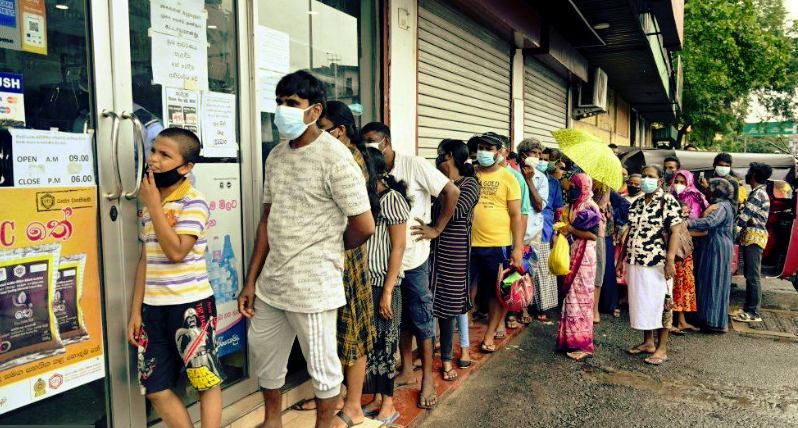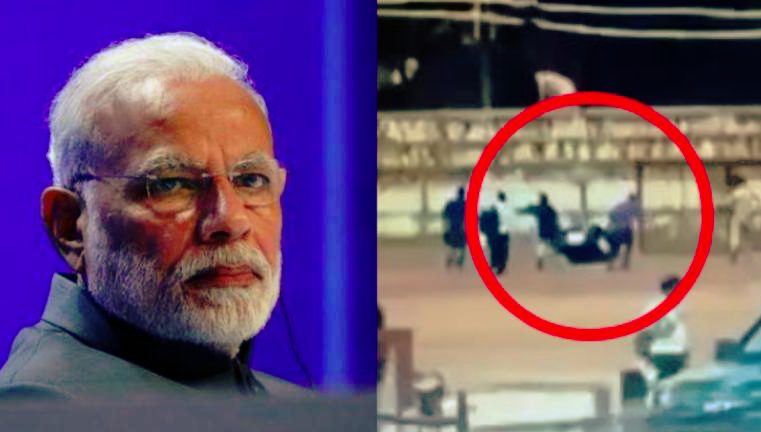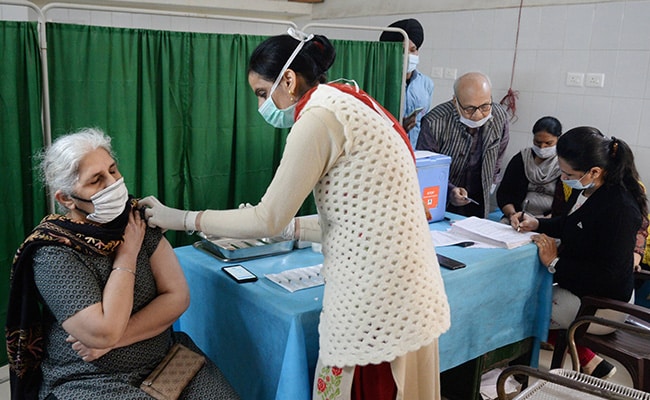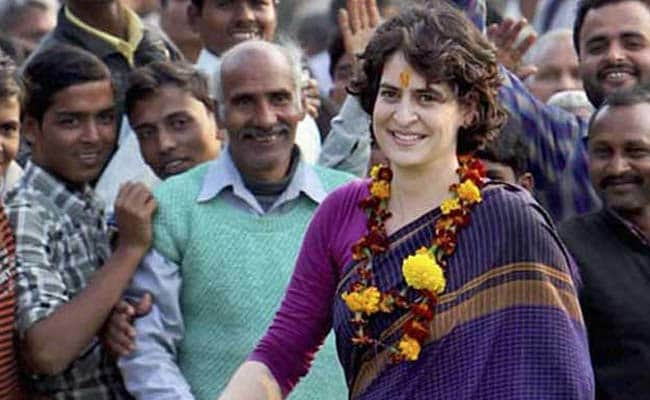Srilnakan Government declaring a state of emergency and Sri Lanka’s Central Bank chief stepping down amid a foreign exchange crisis has series of problems for the island nation
On 30 August, President Gotabaya Rajapaksa announced stringent controls on the supply of essential goods.
However Lankan government said this was needed to prevent traders hoarding food items and control inflation.
Since then Sri Lanka is grappling with a depreciating currency, inflation and a crippling foreign debt burden. There has also been a slump in foreign tourism due to the pandemic.
Consumers have had been struggling with shortages of multiple essential items including cement, milk powder, rice and cooking gas over the last few weeks.
A decision by the government to ban chemical fertilizer imports, combined with bad weather, has also driven up vegetable and fruit prices, with food inflation hitting 12.8% in October.
Making the scenario much worse According to Reuters Colombo agency sources The 51-year old Sapugaskanda Oil Refinery, which has a capacity of 50,000 barrels per day, was closed on Monday, the minister, Udaya Gammanpila, said at the weekly Cabinet briefing.
“The refinery will be closed for about 50 days. Sri Lanka has very limited foreign exchange reserves at the moment and we need it more for essentials like food and medicine,” he said.
“The long lines at fuel stations will stop in a couple of days when the public realises there is no need to panic.”
Gammanpila said fuel imports would resume once the government was able to raise sufficient dollars but did not give details of a timeline.
Faced with rising inflation and dwindling reserves, the government is discussing a bailout for its economy, cabinet spokesman and Media Minister Dullas Allahaperuma told reporters.
“Cabinet members discussed at length the pros and cons of Sri Lanka going to the International Monetary Fund for support at Monday’s meeting but no final decision has been reached,” he said.
Sri Lanka is also attempting to negotiate a $500 million credit line with India to buy fuel and boost reserves, which dropped to $2.27 billion at the end of October. During the first nine months of 2021, Sri Lanka spent US$692 million on fuel imports, its highest import expenditure.









